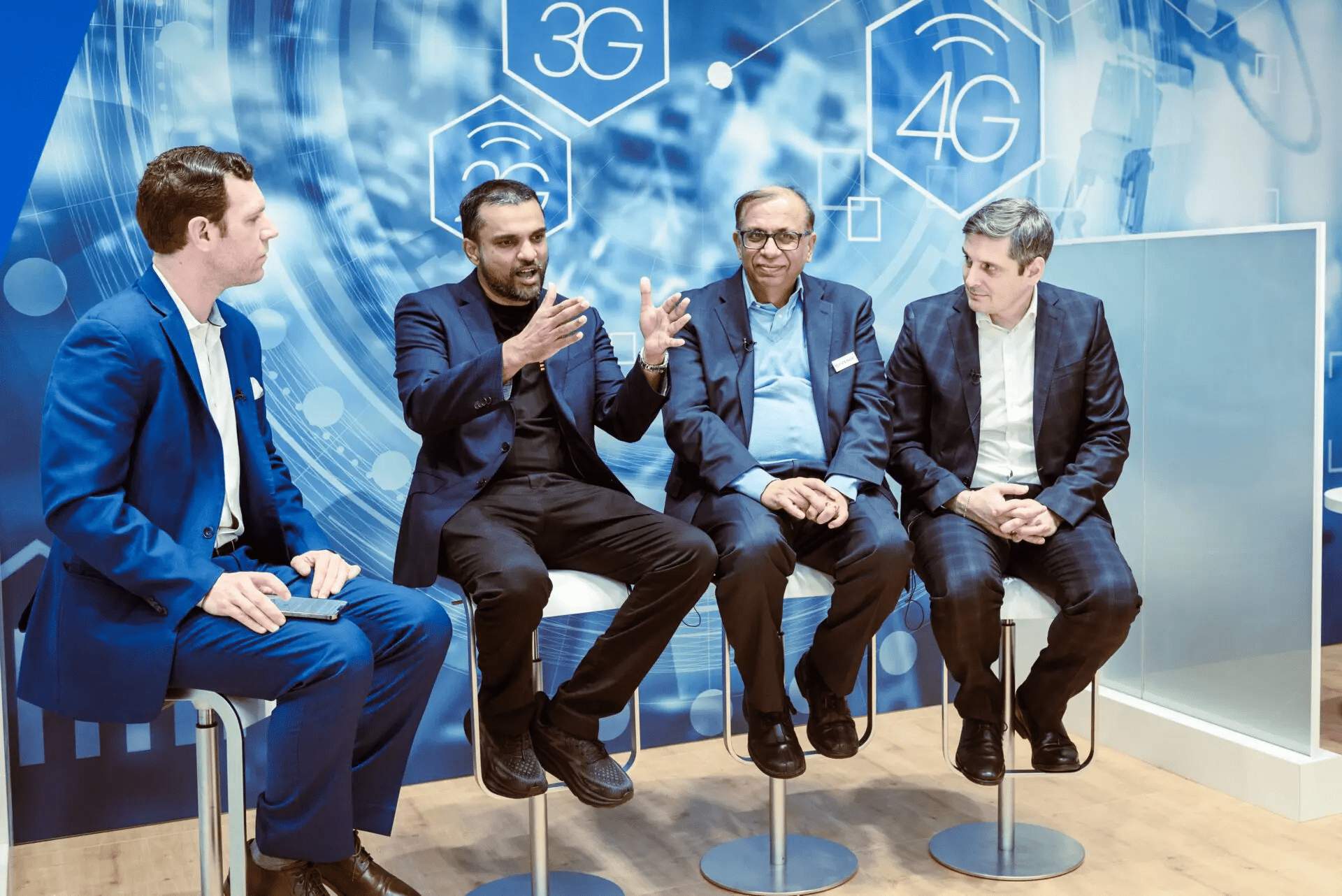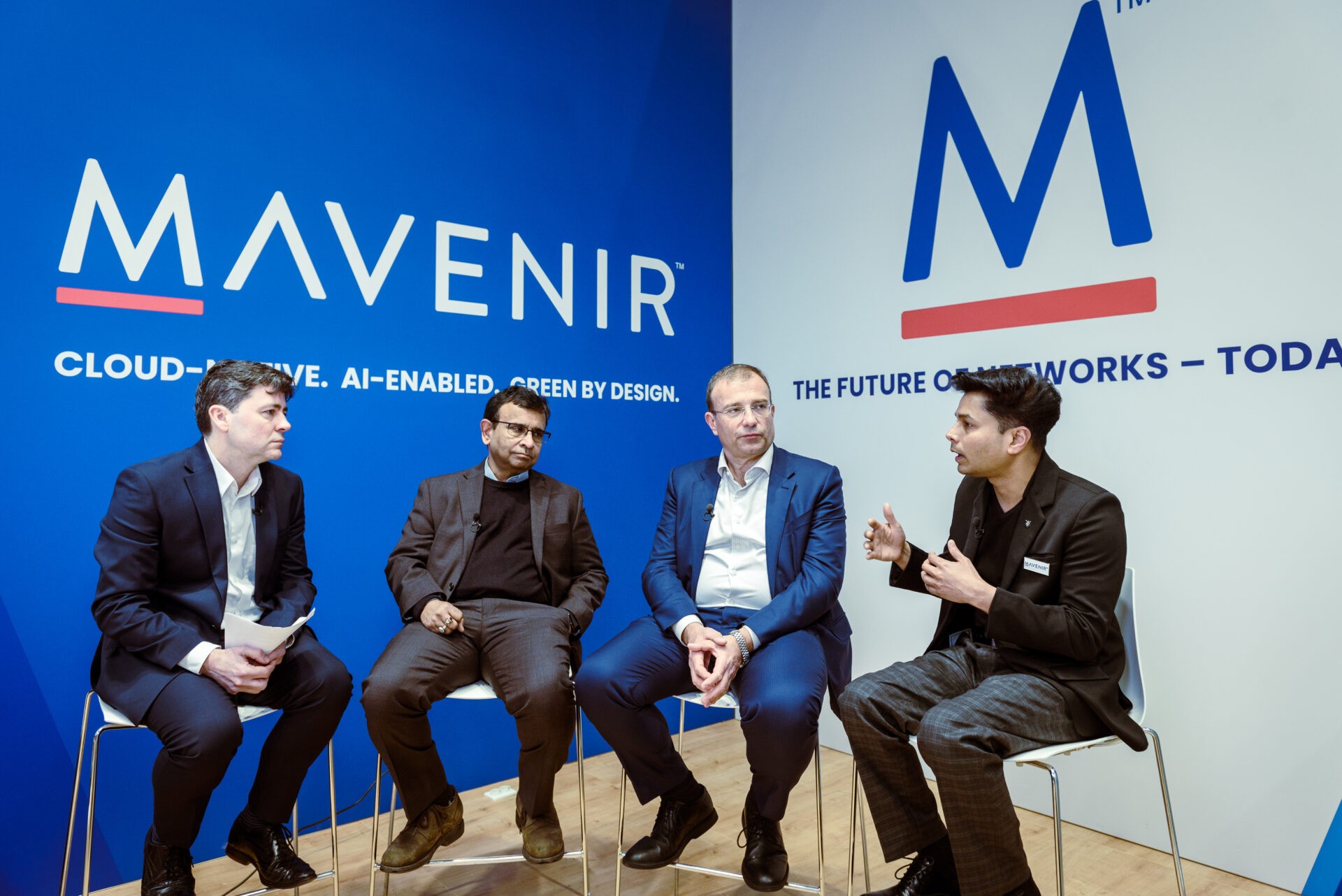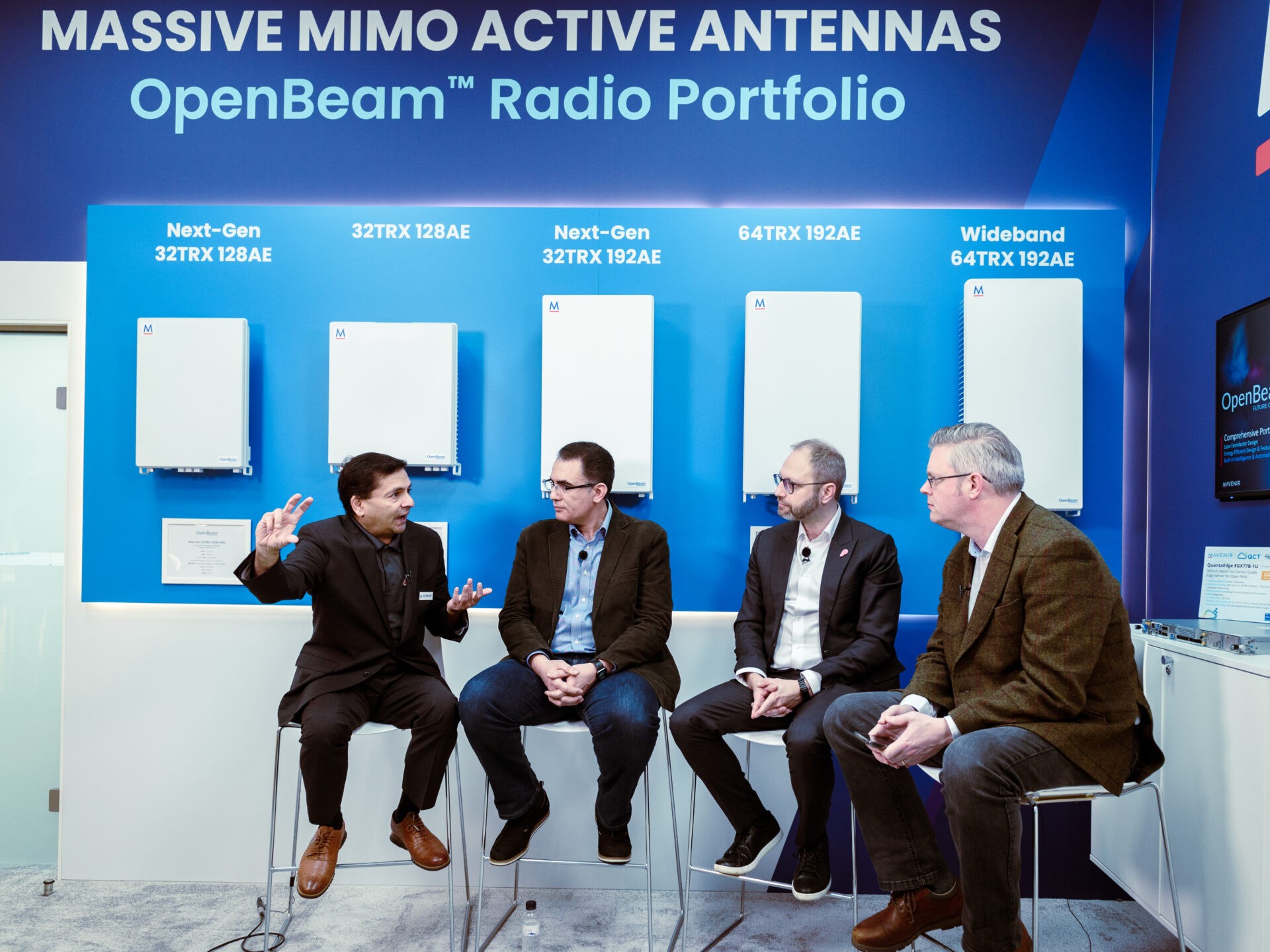WHAT IS STANDING IN THE WAY OF 5G SUCCESS?

This week, live from 5G World, the global 5G focused conference and expo, part of London Tech Week’s headline show TechXLR8, John Baker, SVP Business Development, talked bandwidth, open interfaces, software-defined techniques and getting 5G ready and working.
As the sector continues to develop, people are looking for alternative suppliers that can bring something new to the mix. Key players such as Nokia, Ericsson, and Huawei all have the same way of thinking, and the industry needs a contender that can utilize NFV to prioritize enterprise and densification. That’s where Mavenir comes in, having been a leader in the IMS space, and with the intent to now bring that into the wireless market.
Many providers have spent time building out their LTE and 4G offerings, but now is the time to focus on these networks with a 5G-ready architecture. Historically, the interface we have today was intended to be open, but is, in reality, controlled by a group of three vendors. This has resulted in a lot of pressure on suppliers to open up the interface that’s effectively been controlling the growth of the industry, and even some of the technology itself.
Not only is this pressure causing suboptimal use of spectrum, prohibiting, innovation in radio, antenna technology, and cell tower placement, it is also resulting in an increased cost per user in any business plan for 5G. In an attempt to avoid this, the xRAN group has been formed to ensure operators and regulators have better use of resources to benefit customers when the interface is open.
What regulators need to be concerned about is the suboptimal use of the allocated spectrum. To get 5G working, we need to maximize bandwidth, pushing open interfaces across the network through software-defined techniques.



